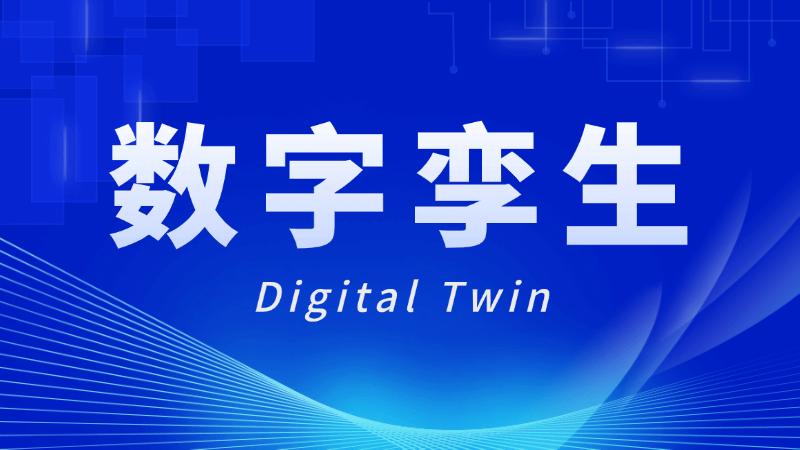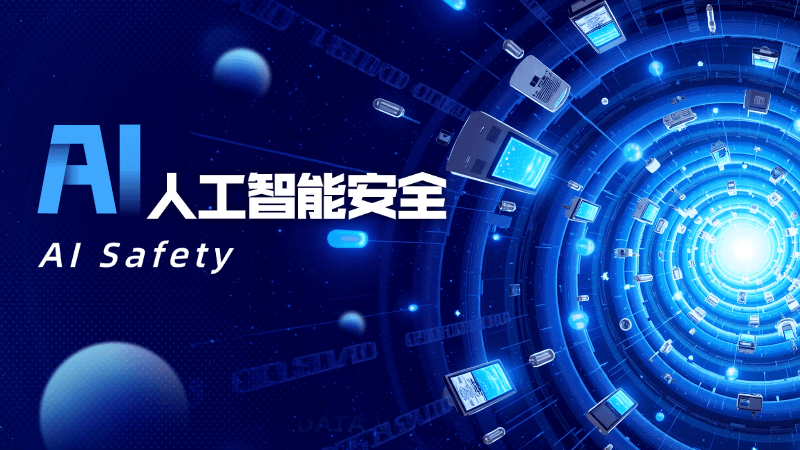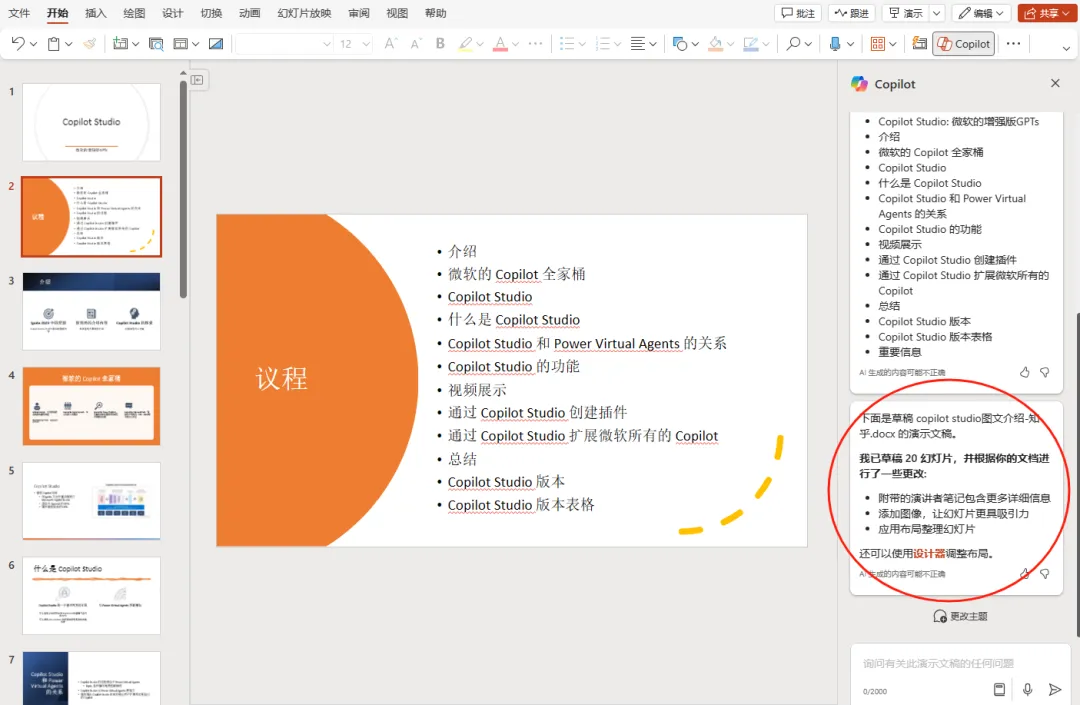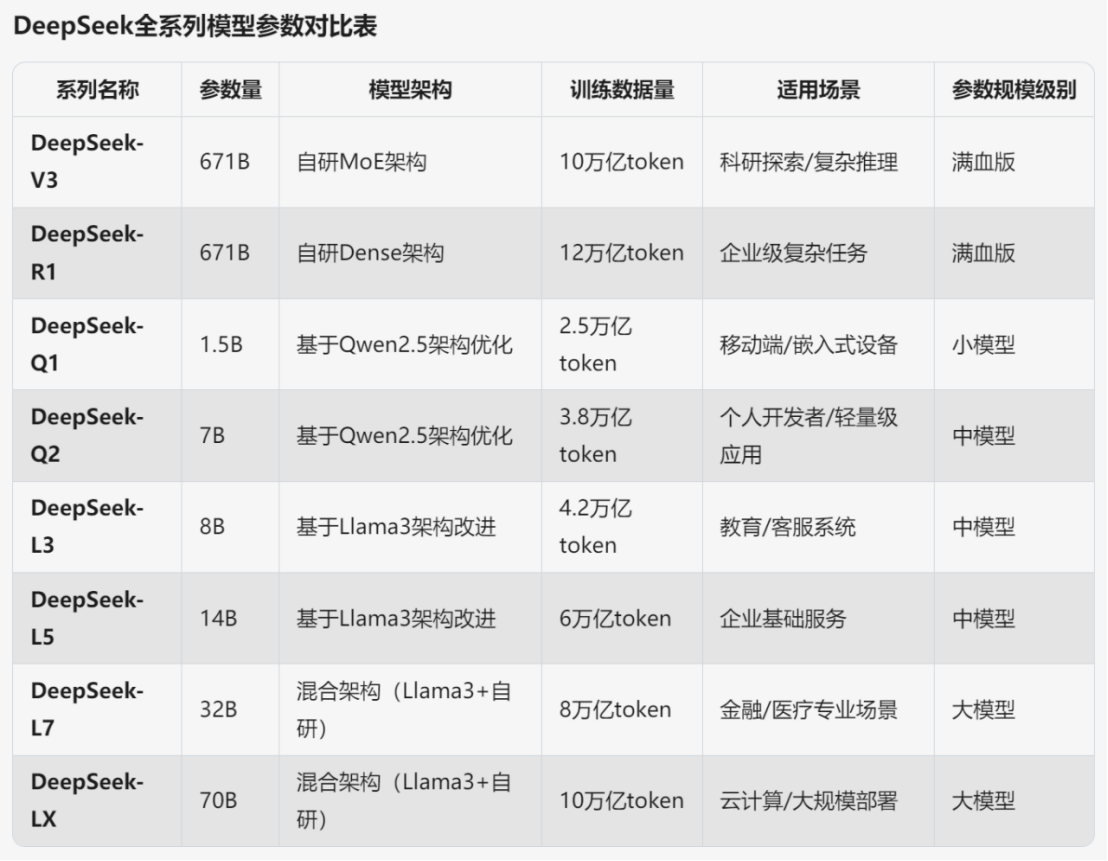Digital Twin (Digital Twin) what is it, an article to see and understand
Definition of digital twin
Digital Twin (Digital Twin) is a technology system for mirror modeling, dynamic mapping and full life cycle management of physical entities or complex systems in a virtual digital space with high precision, high fidelity and real-time two-way interaction. Digital twin is not a simple three-dimensional model or static simulation, it is a multi-disciplinary technology integration through the Internet of Things, big data, artificial intelligence, cloud computing, edge computing, 5G communications, virtual reality and other multidisciplinary technologies to continuously collect multi-dimensional data such as geometric, physical, behavioral, rules and other data of the physical object, to form a "living" digital body that can be sensed, predicted, optimized, and autonomously made decisions. "digital body. The digital twin can not only reflect the real state of the physical object at this moment, but also project the future scenario in the virtual space, and then through the feedback control mechanism to reverse guidance, optimization and even autonomous control of the physical world. The essence is a "data-driven, real-time evolution, cognitive closed-loop" intelligent mirror system, covering the full scale from atomic-level devices to city-level complex giant systems, throughout the entire life cycle from design, manufacturing, operation and maintenance, service to recycling. Taking intelligent manufacturing as an example, a production line in the digital twin not only presents a three-dimensional shape, but also real-time mapping of temperature, vibration, energy consumption, yield and thousands of other indicators, the system predicts possible failures in the next two hours through AI algorithms, and automatically issues commands to adjust the parameters of the equipment, to avoid downtime losses. The closed loop of "physical-digital-physical" makes digital twin become the core supporting technology of the fourth industrial revolution and the "meta-capability" of digital transformation.

The Origin and History of Digital Twins
- 1900s-1950s The idea of physical "twins" emerged: In 1903, the Wright Brothers tested scaled-down wings in wind tunnels, and for the first time used a "small model" to predict real flight performance, which is regarded as the prototype of "physical twins". 1940s Boeing used a 1:1 wooden "physical twin" on the B-29 bomber to validate the piping arrangement. "1940s Boeing uses a 1:1 wooden "physical twin" on the B-29 bomber for piping verification, pioneering the engineering method of "ground replication in the air". The "ground replicating air" approach to engineering.
- 1960s-1980sNASA's Apollo program laid the foundation for the idea of "digital replication": in 1966, NASA built a "simulator" on the ground that was identical to the spacecraft's structure, piping, and instrumentation, and synchronized it with telemetry data in real time to form a "simulator-spacecraft" closed loop, which was later regarded as "digital twin version 0.1. In 1966, NASA built a "simulator" on the ground that was identical to the spacecraft's structure, piping, and instrumentation, and synchronized it with telemetry data in real time, forming a "simulator-spacecraft" closed loop, which has been regarded as "Digital Twin version 0.1" by later generations. 1970s-1980s Lockheed Martin extended the idea to satellite thermal vacuum tests, and proposed "Digital Twin" for the first time. 1970s-1980s Lockheed Martin extended this idea to satellite thermal vacuum testing, and for the first time introduced the concept of "digital companion flight": each satellite had a "thermal model" that could be updated on the ground for on-orbit anomaly diagnosis.
- 1990sCAD/CAE popularization gave birth to "virtual prototyping": In 1992, McDonnell Douglas (later acquired by Boeing) used CATIA 3D model to replace the physical prototype of 40% in the C-17 transport aircraft project, realizing the integration of "design-simulation" for the first time. "The integration of design and simulation was realized for the first time, laying the foundation of software ecology for the subsequent digital twin.
- 2000-2010 Formal birth of the concept and establishment of terminology: In 2002, Dr. Michael Grieves of the University of Michigan proposed "virtual digital representation equivalent to physical products" in his PLM course and gave the famous "3D model" framework: physical entities, virtual entities, and connected data. The famous "3D model" framework: physical entities, virtual entities, and connected data. 2010 NASA and AFRL collaborated to publish the "Digital Twin White Paper", which used the term "Digital Twin" for the first time in the public literature, defining it as a "multiphysics, multiscale, probabilistic, and multi-dimensional model". A multi-physics, multi-scale, probabilistic simulation integrator" for vehicle health management.
- 2011-2015 Military & Aerospace First on the Ground: 2011 F-35 Lightning The II program announced the construction of a "Tail-specific Digital Twin" for each aircraft, with a cumulative fleet deployment of 3000+ twins, 6000+ sensors per aircraft, and avoidance of $120 million in unplanned maintenance annually. 2014 GE Aviation used digital twins for LEAP engine fuel nozzles, reducing the design-validation cycle from 18 months to 6 months. engine fuel nozzles, compressing the design-validation cycle from 18 months to 6 months.
- 2016-2020 Industry explosion and standards launch: 2016 Siemens launched MindSphere platform, proposed "factory-level digital twin", access to 100 automotive welding lines within a year. 2017 Gartner listed digital twin in the top five of "Top 10 Strategic Technology Trends" for three consecutive years. 2018 U.S. Department of Defense released "Digital Engineering Strategy", which explicitly listed digital twin as "core support for equipment lifecycle". 2019 ISO/IEC listed digital twin as one of the top five strategic technology trends. "In 2018, the U.S. Department of Defense released the Digital Engineering Strategy, which explicitly listed digital twins as "core support for the full lifecycle of equipment". 2019, ISO/IEC set up the Digital Twin Advisory Group and started drafting ISO 23247; China released the ISO 23247. In 2019, ISO/IEC established the Digital Twin Advisory Group and started drafting ISO 23247; China released the White Paper on Digital Twin (2019), and "Digital Twin Cities" was written into the government work report for the first time.
- 2021-2024 Cross-industry diffusion and universalization: In 2021, the second phase of Singapore's "Virtual Singapore" will be completed, covering 7,300 buildings and 100,000+ IoT nodes, making it the world's largest single urban digital twin. 2022, Tesla will announce the construction of "Shadow Mode" digital twins for every mass-produced vehicle, which will be used for FSD algorithm training. Tesla announced the construction of "shadow mode" digital twins for each production car, with a total of 3 billion miles of road testing for FSD algorithm training. 2023 Microsoft launched "Digital Twin as a Service" public cloud template, which allows small and medium-sized enterprises to go online in 3 days. In 2023, Microsoft launched the "Digital Twin as a Service" public cloud template, which enables SMEs to go online with production line twins in 3 days. 2024, the European "Destination Earth" program was launched, aiming to build an Earth-level climate twin by 2030, and a 1.5 km grid global atmospheric twin prototype has been completed.
The Technical Basis of Digital Twins
- IoT and Sensor Layer: Billions of sensors collect multimodal data such as temperature, pressure, displacement, video, sound, etc. in real time, and communication protocols such as 5G/TSN guarantee millisecond low-latency backhaul.
- Data Management System: Big Data Lake Warehouse One Architecture cleans, fuses, and labels heterogeneous data from multiple sources; Streaming Computing Engine realizes real-time ETL and event-driven updates.
- Model Layer: Fusion of geometric model (CAD/BIM), physical model (FEM/CFD), behavioral model (Markov chain/finite state machine), rule model (expert knowledge/constraints) and AI model (deep learning/reinforcement learning), to build a multi-scale model library that can be interpreted, evolved and combined.
- Computing layer: cloud computing provides elastic arithmetic power, edge computing realizes millisecond live closed loop, and GPU/FPGA/ASIC heterogeneous computing accelerates complex simulation.
- Interaction Layer: VR/AR/MR seamlessly connects with the digital twin engine to realize immersive roaming, gesture manipulation, and collaborative decision-making; natural language interaction allows non-professional users to "query" the health status of the device in one sentence.
- Security and Standards Layer: Blockchain deposit guarantees that data cannot be tampered with, and zero-trust architecture prevents unauthorized access; standards such as ISO 23247 and IEC 30173 gradually harmonize data formats and interface protocols.
Application areas for digital twins
- Manufacturing: Used for whole production line simulation, single equipment predictive maintenance, new car design validation, real-time optimization of process parameters, Rolls-Royce engine efficiency increased by 2%, Siemens Chengdu plant scrap rate decreased by 40%.
- Energy and power: covering the whole chain of power plant, grid, transmission and consumption, the wind abandonment rate of the German North Sea wind power cluster dropped by 4%, the State Grid's 186 wind turbines increased annual power generation by 2.68%, and virtual power plants aggregated rooftop PVs and electric vehicles shaved peaks and filled valleys.
- Healthcare: Building patient "human digital twins" for pre-operative simulations, personalizing drug dosages, predicting surgical success at the Mayo Clinic, and assessing cardiovascular disease risk with twin data at the NHS.
- Smart Cities: From neighborhood to city-level twins, Singapore's "Virtual Singapore" integrates 7,300 buildings with 100,000 IoT nodes to optimize signaling, carbon emissions, and emergency response in real time.
- Transportation: city-level traffic twins monitor traffic in real time and dynamically adjust signals, the Bavaria platform reduces congestion, and Amazon warehouse twins simulate demand fluctuations and compress delivery times.
- Logistics supply chain: end-to-end twinning across warehousing, transportation, and distribution, FlexSim and SUMO joint simulation to optimize inventory, routes, and bottlenecks, and Amazon order fulfillment cycle time reduction of 30%.
- Agriculture and natural resources: farmland twins sense real-time moisture, pests, and seedlings; Dutch cow twins detect mastitis 48 hours in advance; water conservancy twins simulate watershed flooding to improve disaster prevention and scheduling capabilities.
- Architecture and real estate: ultra-high-rise, park, residential full life cycle twinning, Shanghai Center Tower elevator waiting time down 15%, Vanke community average household electricity bill down 8%, online sales office with twin VR to enhance the home-buying experience.
Advantages of Digital Twins
- Full perspective: the real-time status of the entire production line, the entire power grid, the entire city into a screen, any temperature fluctuations, current jitter, traffic jams can be detected in milliseconds, managers do not need to be present at the scene can be "a glance through".
- Early warning: Based on the fusion of historical data and real-time streaming data, the model can give signals hours or even days before a fault really occurs, turning "passive repair" into "active maintenance" and dramatically reducing downtime and collateral damage.
- Reduce costs and increase efficiency: Replace expensive and time-consuming physical tests in the real world with rapid trial and error in the virtual space, reduce raw material waste, shorten R&D and debugging cycles, and significantly reduce capital utilization.
- Risk Sandbox: Move high-risk scenarios such as extreme weather, market fluctuations, and aging equipment to the digital space for repeated rehearsals, validate the contingency plan in advance, and reduce economic and personnel losses in the real environment.
- Knowledge Forever: Solidify the experience of old experts, the handiness of old technicians, and the intuition of old craftsmen into algorithms and rules, forming a reusable, upgradable, and inheritable digital knowledge base, and avoiding the loss of experience with the mobility of personnel.
- Green Operation: Through continuous monitoring and optimization of energy consumption, materials and emissions, the company dynamically adjusts its operating parameters to achieve a reduction in energy consumption and carbon emissions per unit of output, helping it reach the goal of "double carbon".
The Challenge of the Digital Twin
- Data barriers: Different generations, different vendors, different protocols of equipment to generate massive heterogeneous data, format is not uniform, the interface is not compatible, the formation of "information silos", through the high cost.
- Accuracy gap: the physical world is complex and variable, even the finest model can only be approximated, the error will be accumulated and amplified over time, especially in highly dynamic and strongly coupled scenarios, the deviation may bring the risk of misjudgment.
- Arithmetic black hole: High-precision, large-scale, real-time computation requires massive CPU/GPU/storage resources, and grows exponentially with model complexity, bringing a heavy burden of energy and capital for long-term operation.
- Security Shadow: Once the twin platform is compromised, the attacker can not only "see" the real-time state of critical infrastructure, but also give commands through the reverse control channel, causing a chain of destruction in the physical world.
- Standard vacuum: the lack of unified data semantics, interface protocols, and evaluation systems has led to difficulties in cross-industry and cross-business collaboration, and the phenomenon of duplicated wheel-building is serious.
- Compliance Maze: With multiple regulations overlapping data sovereignty, privacy protection, industry regulation, and cross-border transmission, companies need to strike a tough balance between technological innovation and compliance costs.
- Talent Disconnect: Talents who understand both industry mechanics and data modeling as well as systems engineering are extremely scarce, and the long cultivation cycle and high cost have become the biggest bottleneck for scaling up and landing.
© Copyright notes
Article copyright AI Sharing Circle All, please do not reproduce without permission.
Related articles

No comments...




